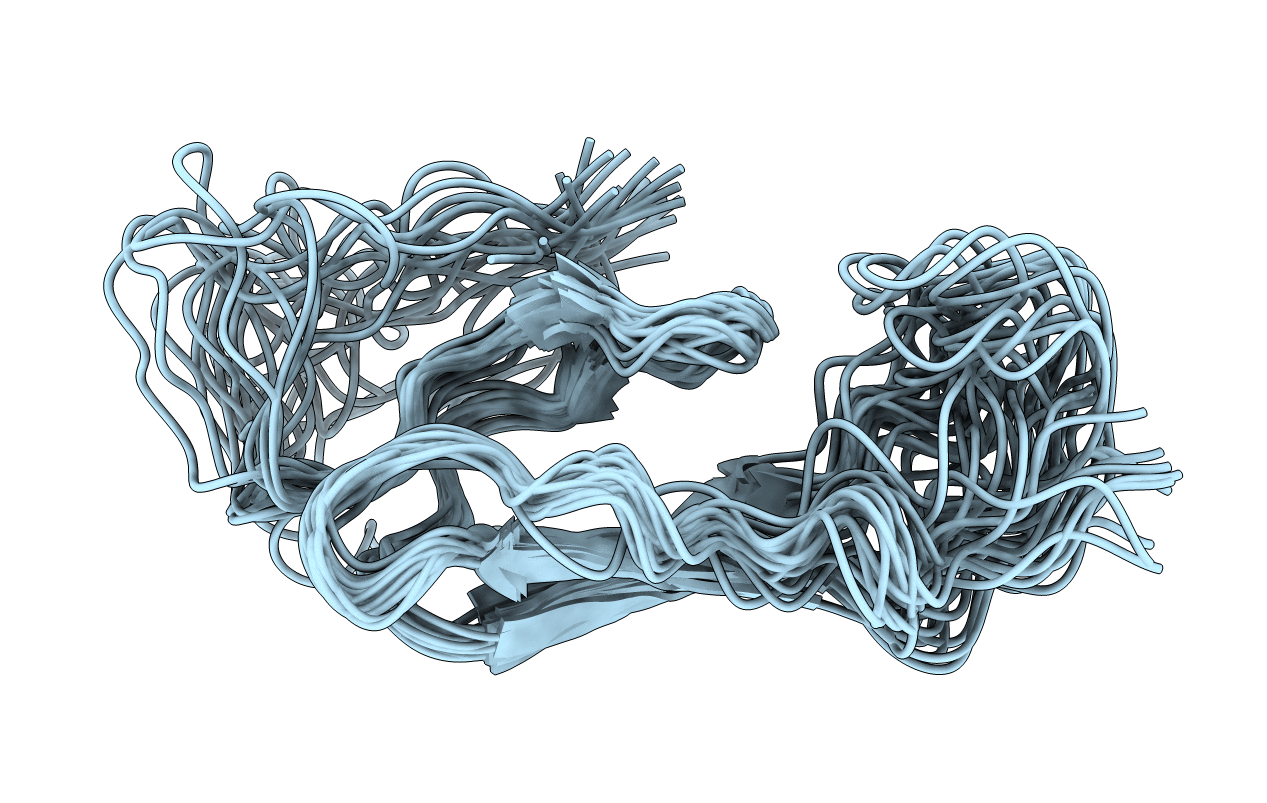
Deposition Date
2007-01-08
Release Date
2007-03-13
Last Version Date
2024-11-06
Entry Detail
PDB ID:
2JNC
Keywords:
Title:
Refined 3D NMR structure of ECD1 of mCRF-R2beta at pH 5
Biological Source:
Source Organism:
Mus musculus (Taxon ID: 10090)
Host Organism:
Method Details:
Experimental Method:
Conformers Calculated:
100
Conformers Submitted:
20
Selection Criteria:
target function


